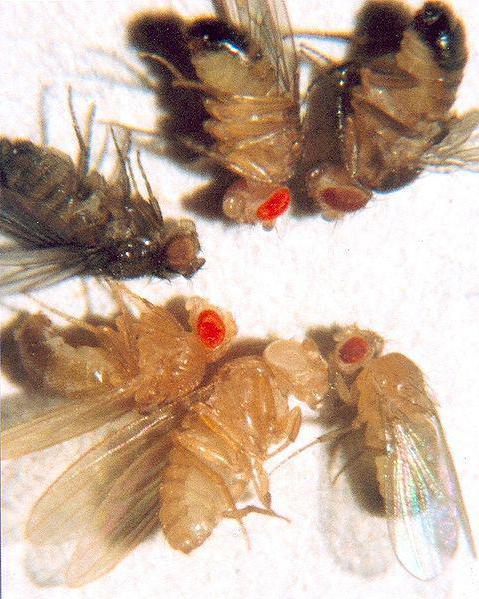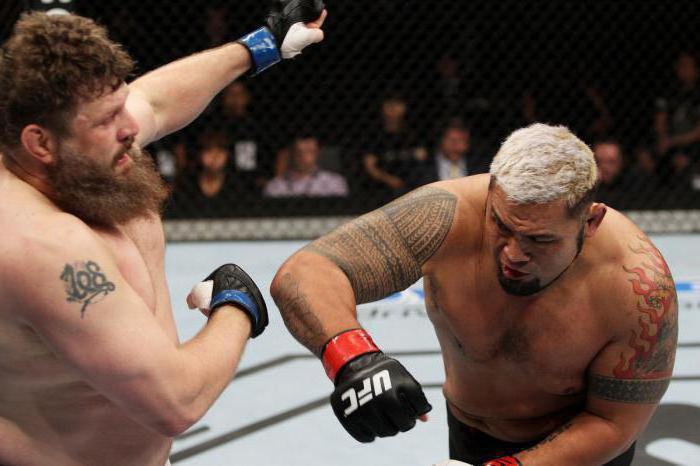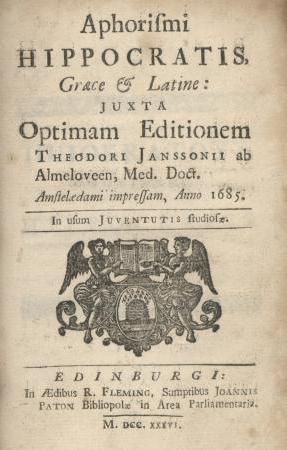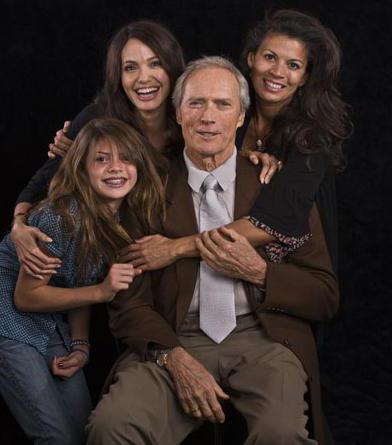Thomas Hunt Morgan: biography, contribution to biology
The greatest insights in the biology of XIX-XXCenturies rightly considered the work of Charles Darwin on evolution, Gregor Mendel on heredity and variability and Thomas Hunt Morgan about genes and chromosomes. It was Morgan's work that opened up the experimental path of development for genetics. Gregor Mendel and Thomas Hunt Morgan are biologists who have become coryphaeus and founders of genetics, and they should be grateful to all modern molecular biologists. Their intuitively chosen objects of research opened the doors to the world of genome decoding, genetic engineering and transgenic selection.
At the right time and in the right place
The biography of Thomas Hunt Morgan does not containtragic rejection by colleagues, persecution for their ideas, loneliness, undeserved oblivion and inappreciation in life. He lived for a long time surrounded by close people, built a successful career as a researcher and teacher, became one of the leading figures and icons of fundamental genetics - science, whose representatives still receive more Nobel prizes today than scientists of any other sphere.
The work of Thomas Hunt Morgan and hisco-authors of the early XX century, absorbed all the accumulated genetic data, the results of the study of cell division (mitosis and meiosis), conclusions about the role of the cell nucleus and chromosomes in the inheritance of traits. His chromosomal theory explained the nature of human hereditary pathologies, allowed experimentally changing hereditary information and became the beginning of modern methods of genetic research. Not being a pioneer, Thomas Hunt Morgan formulated the postulates of a theory that changed the world. After his works, the fantasies of writers about the prolongation of life, the transformation of man and the creation of new organs have become just a matter of time.

Aristocratic origin
In the autumn afternoon, September 15, 1866 in the cityLexington of the American state of Kentucky, was born the nephew of the legendary General of the Army of the Confederation Francis Ghent Morgan and the great-grandson of the first millionaire of the southwestern United States. His father Charleston Hunt Morgan is a successful diplomat, consul of America in Sicily. Mother - Ellen - the granddaughter of the author of the American national anthem Francis Scott Key. Since childhood, Thomas has been interested in biology and geology. From the age of ten, he spent his free time collecting stones, feathers and eggs of birds in the mountains of Kentucky in the vicinity. Having grown older, he spent the summer helping the research groups of the US Geological Survey in the same mountains that were already native to him. After graduation, the boy entered the Kentucky College, in 1886 received a bachelor's degree.
Student years
After graduation, Thomas Morgan enteredthe only university at that time was named after John Hopkins in Baltimore (Maryland). There he became interested in the morphology and physiology of animals. His first scientific work was on the structure and physiology of marine spiders. Then he embarked on embryology at the Woods Hall laboratory, visiting Jamaica and the Bahamas. He received a master's degree, defended his thesis, and in 1891 headed the Biology Faculty of the Brin-Mayrow College. Since 1894, Thomas Hunt Morgan is on probation at the Zoological Laboratory of Naples. From the study of embryology, the scientist proceeds to study the inheritance of characters. At that time in scientific circles there were debates of preformists (supporters of the presence in gametes of structures predetermining the formation of the organism) and epigenists (supporters of development under the influence of external factors). Atheist Thomas Hunt Morgan takes an average position in this matter. Returning in 1895 from Naples, he receives the title of professor. Studying the power of regeneration, he writes two books - The Development of the Frog's Egg (1897) and Regeneration (1900), but continues to deal with heredity and evolution. In 1904, Thomas married his student Lillian Vaughan Sampson. She not only gave him a son and three daughters, but also became his companion and assistant in the work.

Columbia University
Since 1903, Morgan is a professorDepartment of Experimental Zoology in the mentioned university. It is here that he will work for 24 years and make his famous discoveries. Evolution and inheritance are the main themes of the scientific environment of that time. Scientists are looking for confirmation of the theory of natural selection and Hugo de Frize's "rediscovered" laws of Mendel's inheritance. Forty-four-year-old Thomas Hunt Morgan decides to test experimentally the correctness of George Mendel and for many years becomes the "master of flies" - fly flies. The successful choice of an object for experiments made these insects the "sacred cow" of all genetics for long centuries.
A successful object and associates are the key to success
Drosophila melanogaster - small red-eyedfruit flies - was the ideal object of experiments. It is easy to keep - in a one and a half liter bottle of milk, there are thousands of individuals that perfectly exist. It multiplies already in the second week of life, it has a well expressed sexual dimorphism (external differences of male and female individuals). And most importantly, these flies have only four chromosomes, and they can be studied throughout their three-month life. During the year, the observer can track changes and inheritance of traits in more than thirty generations. Morgan's experience was assisted by his most talented students who became associates and co-authors - Kelvin Bridgers, Alfred Sturtevan, Herman Joseph Meller. That's right, from the stolen from the residents of Manhattan milk bottles, was equipped with the legendary "fly-room" - laboratory number 613 in the building Shemeron Columbia University.

Instructor-innovator
Morgan's "fly-room" not only became famous throughout the world and became a place of pilgrimage for scientists. This room is 24 m in size2 changed the very organization of the educational process. The scientist built work on the principles of democracy, free exchange of opinions, lack of subordination, full transparency for all participants and collective brainstorming in discussing results and planning experiments. It was this method of teaching that became prevalent in all universities in America, and later spread to Europe.
Drosophila with pink eyes
Morgan and his students began experiments,setting himself the task of clarifying the principles of inheritance of mutations. Long two years of breeding flies did not give any visible progress. But a miracle happened - there were individuals with pink eyes, rudiments of wings, a yellow calf, and they gave the material for the emergence of the theory of inheritance. Numerous crosses and counting of thousands of descendants, shelves with thousands of bottles and millions of fruit flies - this is the price of success. Persuasive evidence of the sex-linked inheritance and storage of information about the trait in a particular area of the chromosomes appeared in the article "Sex Limited Inheritance in Drosophila" (1910).

Chromosomal theory
The result of all experiments, a contribution toThe biology of Thomas Hunt Morgan was his theory of inheritance. Its main postulate - the material basis of heredity are the chromosomes, in which the genes are arranged in a linear order. Thomas Hunt Morgan's discoveries of linked genes, inherited together, and traits that are inherited from the sex, dumbfounded the world (The Mechanisms of Mendeleev's heredity, 1915). And it happened only a few years after the introduction into biology of the very concept of "gene" as a structural unit of heredity (V. Johannsen, 1909).

Professional recognition
Although the train of universal glory did not last forscientists, one of its academies after another. In 1923 he became a member of the USSR Academy of Sciences. Member of the Royal Society of London, the American Philosophical Society and many other internationally recognized organizations. In 1933, for his discoveries related to the role of chromosomes in heredity, the biologist was awarded the Nobel Prize, which he himself shared with Bridges and Startevan. In his arsenal was the Darwin Medal (1924) and the Copley Medal (1939). His name is from the Kentucky Department of Biology and the annual award of the American Society of Genetics. Morganidy named the unit of the linkage of genes.

After the Glory
From 1928 until his death, Professor ThomasMorgan headed the Kirchhoff Laboratory of the California Institute of Technology (Pasadena, USA). Here he became the organizer of the Department of Biology, which has raised seven Nobel Prize winners in genetics and evolution. He continued to study the laws of inheritance in pigeons and rare mice, regeneration and development of secondary sexual characteristics in salamanders. He even bought and equipped a laboratory in the Californian town of Corona del Mar. He died suddenly in Pasadena on December 4, 1945, from the opening of the stomach bleeding.

Summarizing
Briefly, Thomas Hunt Morgan's contribution to thebiology is comparable to such breakthroughs in human thought as the discovery of a nuclear nucleus in physics, man's exploration of outer space, the development of cybernetics and computer technology. A benevolent person with a fine sense of humor, confident in himself, but simple and unpretentious at home - this is how his relatives and associates remember him. The discoverer, who did not aspire to become a hero of myths, but, on the contrary, wanted to rid the world of myths and prejudices. Who promised not a sensation, but a scientific understanding of the subject. At a time when poets were more than poets, and great scientists were more than great scientists, Thomas Hunt Morgan managed to remain just a biologist.








